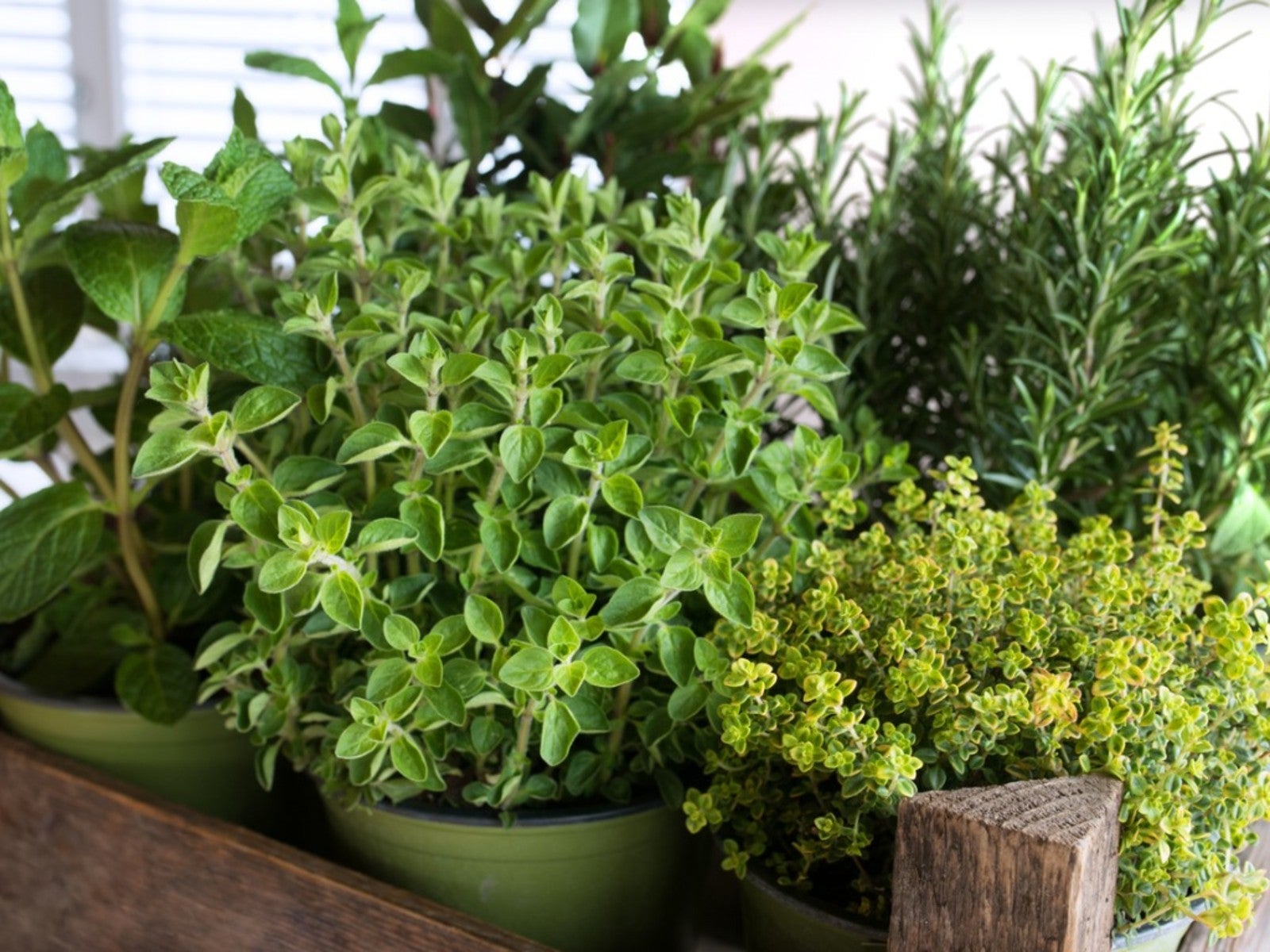Shakespearean Herb Garden – Growing Herbs From Shakespeare


Shakespeare often referenced plants and herbs in his many plays. These herbs from Shakespeare quotes are often used when constructing a Shakespearean herb garden. It's also common to add a bust of the Bard of Avon, as Shakespeare is sometimes called.
How to Make an Elizabethan Herb Garden
If you have an empty flowerbed or gardening space, you may wish to create your own Shakespearean herb garden. The Elizabethan style was formal in tone as these gardens were owned primarily by the wealthy. Symmetrical patterns using squares or rectangles were common and often contained an herbal knot garden at the center.
The entire garden was usually surrounded by English holly, which was planted and pruned into a hedge. Stone pathways led to various areas of the garden and it was common for the nobles to sit directly on the aromatic herbs. In a time when social class dictated fashion, the Elizabethan herb garden offered a way to add a fresh scent to those hard-to-clean wool, silk and satin fabrics of the elite.
Herbs in Shakespeare-Inspired Gardens
If your Elizabethan herb garden will have a “Bard of Avon” theme, consider planting these herbs from Shakespeare plays:
- Chamomile (Henry IV)
- Fennel (Hamlet)
- Lavender (A winter's Tale)
- Lemon Balm (Antony and Cleopatra)
- Marigold (Pericles)
- Marjoram (King Lear)
- Parsley (The Taming of the Shrew)
- Rosemary (Hamlet)
- Savory (A Winter's Tale)
- Wild Thyme (A Midsummer's Night Dream)
In Elizabethan times, herbs and flowers had many interesting uses. Fragrant plants were used in small bouquets or nosegays to cover up foul odors. Strewing herbs were scattered over the floor for the fragrance they imparted. Some plants were believed to have magical properties. And of course, many plants were used medicinally. Here's a list of popular plants often found in an Elizabethan herb garden:
- Bachelor's Buttons (Insect repellent)
- Chives (Insect repellent)
- Daffodils (Enjoyed for their spring beauty)
- Dianthus (Medicinal)
- Hellebore (Magical properties)
- Hyssop (Magical properties)
- Johnny Jump Up (Magical properties)
- Lavender (Flowers used to scent laundry, especially undergarments)
- Mint (Used medicinally and in toiletries)
- Rose (Distilled rose petals to make rosewater)
- Rue (Strewing and medicinal herb)
- Saffron Crocus (Used as a fabric dye and aphrodisiac)
Sign up for the Gardening Know How newsletter today and receive a free copy of our e-book "How to Grow Delicious Tomatoes".

Laura Miller has been gardening all her life. Holding a degree in Biology, Nutrition, and Agriculture, Laura's area of expertise is vegetables, herbs, and all things edible. She lives in Ohio.